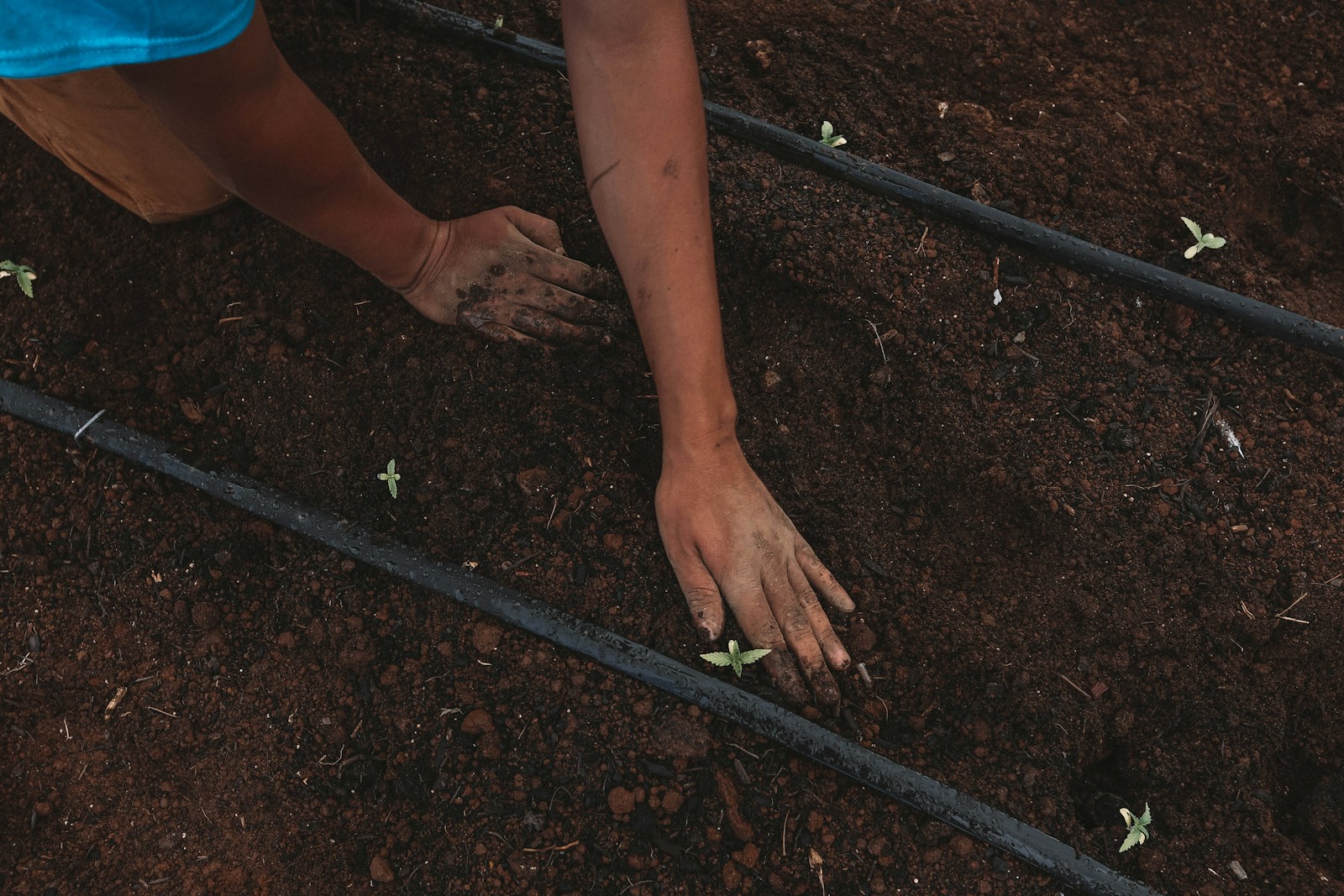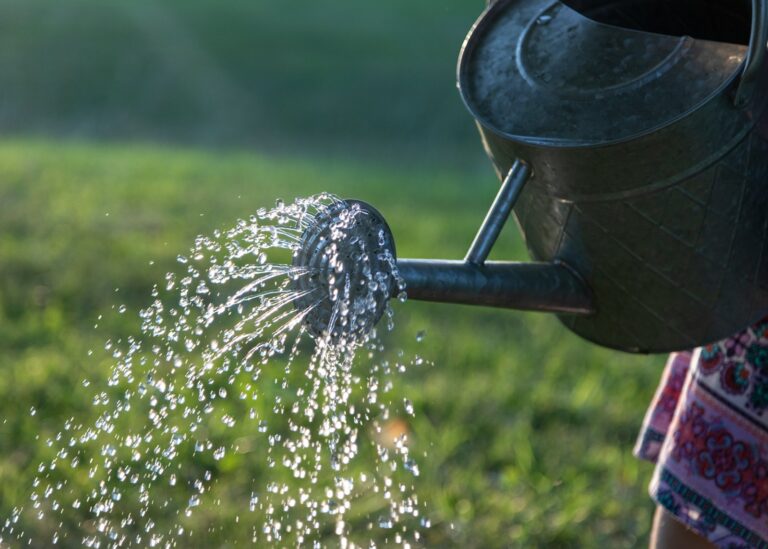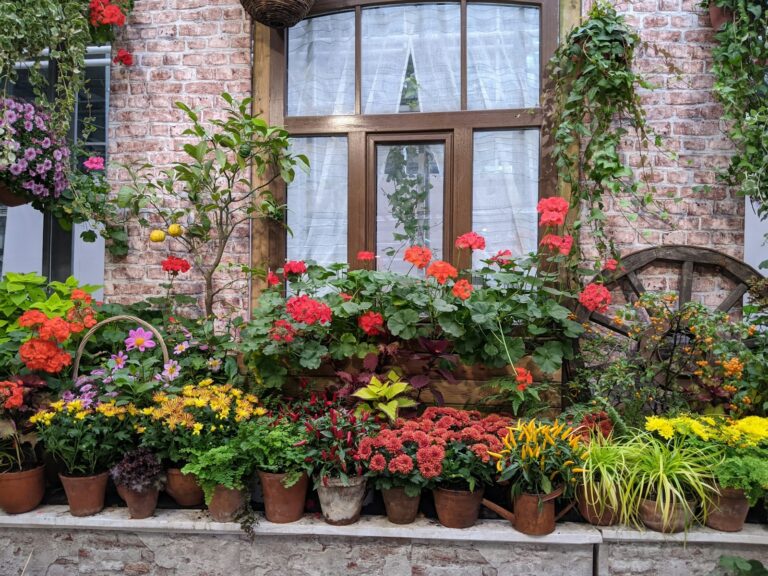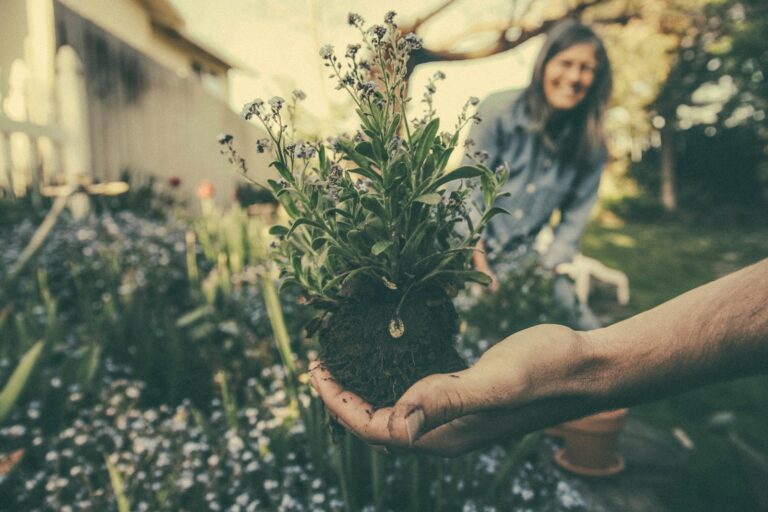12 Gardening Skills Every Beginner Learns the Hard Way to Grow Thumbs of Gold
Getting started with gardening often feels exciting, but it’s easy to run into surprises along the way. Many people jump in with high hopes, only to discover there’s a lot more to it than watering and waiting.
You’ll probably make a few mistakes before figuring out what really works. These hands-on lessons are part of the journey and help you grow as a gardener.
Let’s look at 12 gardening skills that every beginner picks up through trial and error. Learning these can save you some headaches and help your garden flourish from the start.
Understanding Soil Types and Their Needs
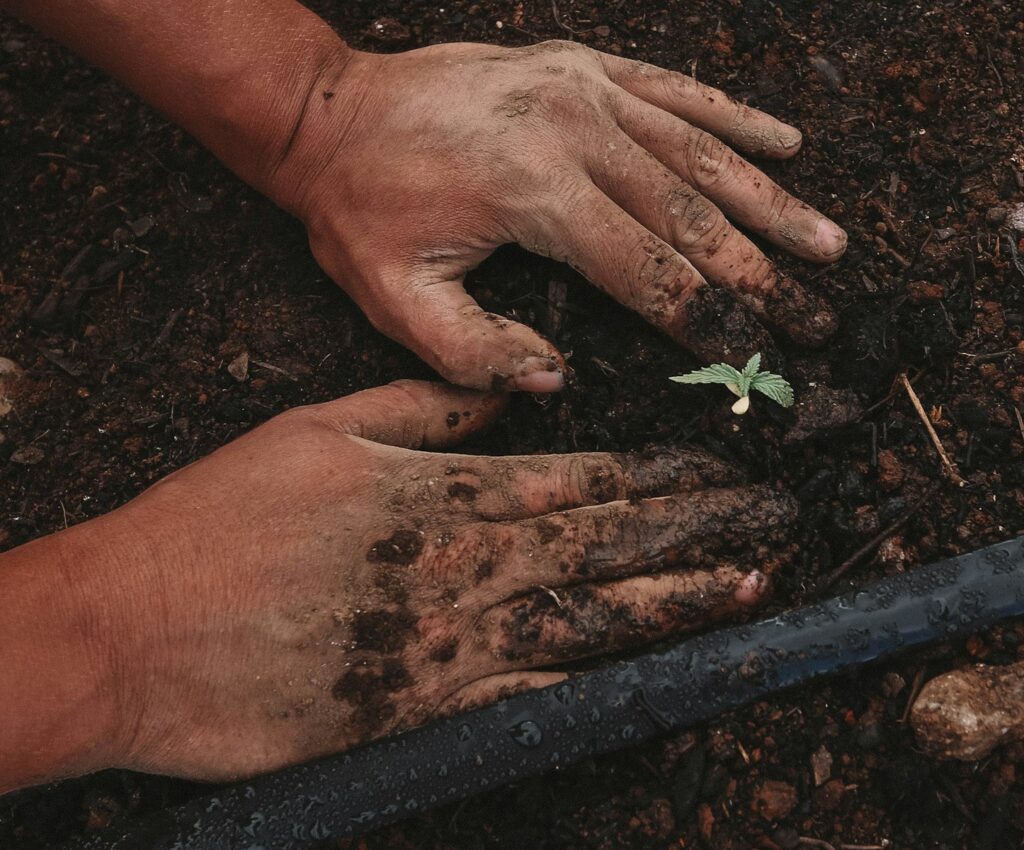
It’s easy to overlook soil, but it’s the foundation of every healthy garden. Each type of soil holds water and nutrients differently, which affects how your plants grow.
Sandy, clay, and loamy soils all behave in unique ways. Sandy soil drains fast but doesn’t keep nutrients well. Clay soil holds water but can be too dense for roots. Loamy soil is usually best because it balances drainage and moisture.
Take time to feel your soil and notice its color and how quickly water soaks in. Simple observations can guide you in making improvements.
You may need to add compost, sand, or other materials to get the right balance. Getting familiar with your soil’s needs makes a big difference in your gardening results.
Mastering Composting for Richer Soil
Composting turns everyday kitchen scraps and yard waste into a valuable resource for your garden. It’s a practical way to recycle and enrich your soil at the same time.
You don’t need much to start—just a spot in your yard and a mix of greens like veggie scraps and browns like dry leaves. Keeping the pile moist and turning it often speeds up the process.
Avoid adding meat, fats, or dairy, since these can attract pests and cause odors. As your compost matures, it will shrink and turn dark and crumbly.
Using your own compost feels rewarding and helps your plants grow stronger. Over time, it becomes a natural part of your gardening routine.
Choosing the Right Plants for Your Climate
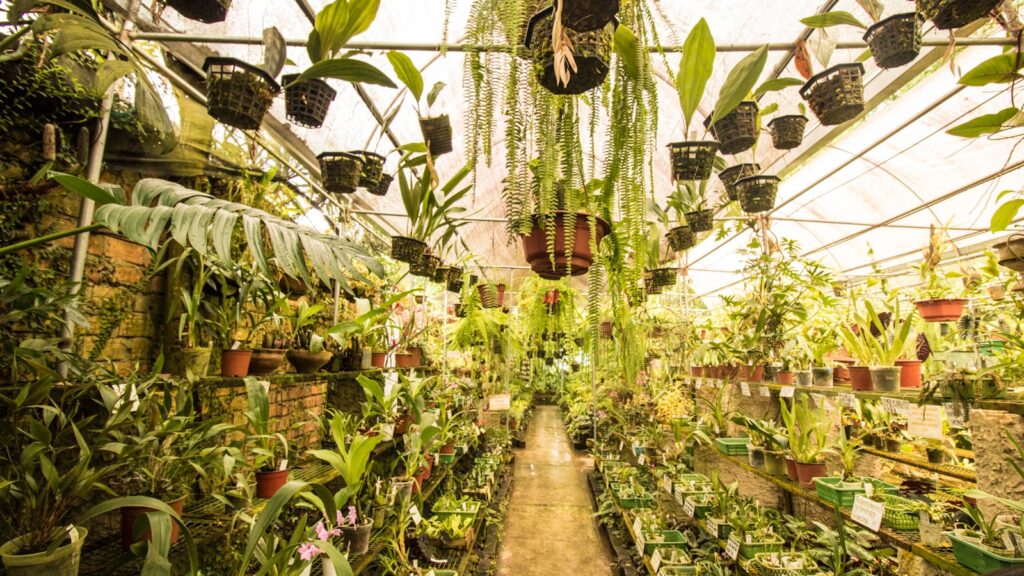
Picking plants that suit your local weather is a game-changer. When plants are matched to your climate, they’re easier to care for and more likely to thrive.
Start by checking your climate zone to see what grows well in your area. Some plants love the heat, while others can’t handle cold snaps.
Think about sunlight, soil, and water needs, too. Even if a plant fits your climate, it may not like shady spots or dry ground.
Experiment with a few options and see what does best in your space. Your garden will reward you with healthy growth and fewer headaches.
Starting Seeds Indoors Successfully
Starting seeds indoors is a fun way to get a head start on the growing season. It lets you control the environment and protect young plants from unpredictable weather.
You only need basic supplies like seed trays, potting soil, and water. Good timing is important—start seeds too early and they get leggy, too late and they might not mature in time.
Make sure your containers have drainage holes and keep the soil moist but not soggy. Warmth helps seeds sprout, so find a cozy spot for your trays.
Once seedlings have their first true leaves, give them plenty of light. Watching seeds turn into sturdy plants indoors is a satisfying experience.
Proper Watering Techniques to Avoid Overwatering

Watering seems simple, but it’s easy to overdo it. Too much water can suffocate roots and cause rot.
Check the soil with your finger before watering. If it feels dry an inch down, go ahead and water. If it’s still damp, it’s better to wait.
Try watering early in the morning or late in the afternoon. This helps water soak in before the sun gets too hot.
Using drip irrigation or soaker hoses delivers water right to the roots. It’s a great way to avoid waste and keep plants healthy.
Learn to spot signs of overwatering, like yellow leaves or mushy stems. Adjusting your routine can make a big difference in your garden’s health.
Building and Using Raised Beds
Raised beds can make gardening more manageable and productive. They give you control over soil quality and help with drainage.
Choose a sunny spot and build a simple box from wood, stone, or other materials. A height of 12 to 18 inches works well for most plants.
Fill your raised bed with a mix of garden soil, compost, and other organic matter. This creates a rich, well-draining environment.
Raised beds let you plant more densely and make watering easier. They also help cut down on weeds and reduce the need to bend or kneel.
Controlling Weeds Without Chemicals
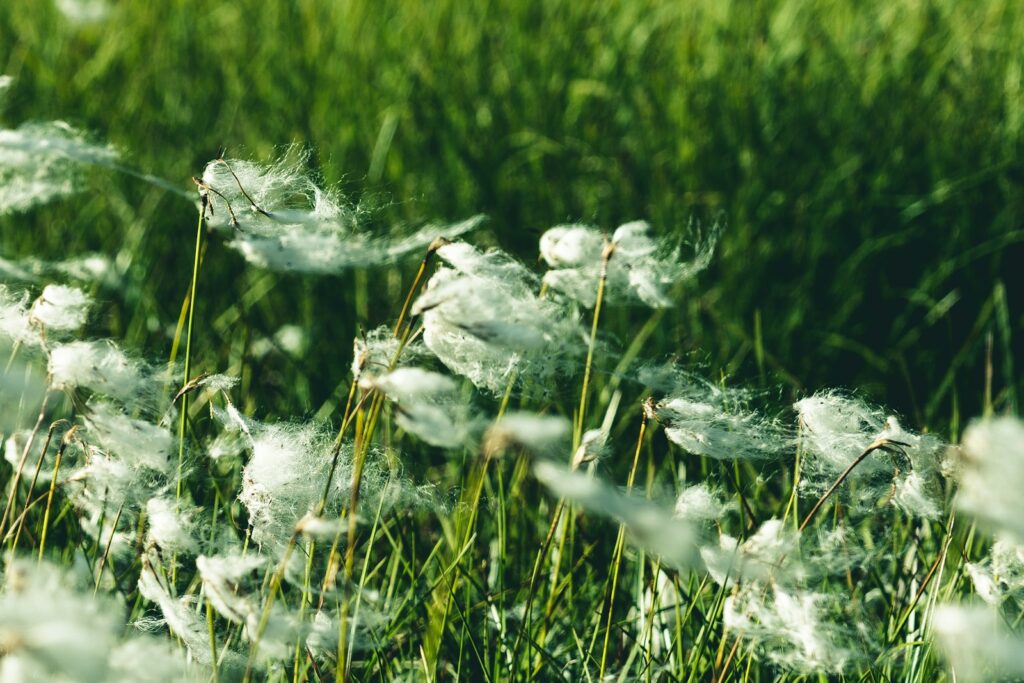
Weeds always seem to find a way into your garden, but you don’t have to use harsh chemicals to fight them. Natural methods are effective and better for your plants.
Mulch is a simple way to block sunlight and stop weeds from sprouting. Spread it thickly around your plants to keep weeds at bay and soil moist.
Hand weeding on a regular basis keeps things under control. Pulling weeds before they go to seed saves you trouble in the long run.
Ground covers can also help by filling empty spaces and crowding out weeds. Healthy, dense plantings make it harder for weeds to take over.
Recognizing Common Pests and Natural Remedies
Pests are part of every garden, but you can manage them without resorting to chemicals. Early detection is key to stopping damage before it spreads.
Look for signs like holes in leaves, sticky spots, or curling edges. Spotting insects early lets you act fast.
A simple spray of water and mild soap can remove many pests. Encouraging helpful insects like ladybugs also keeps bad bugs in check.
Barriers or traps can keep larger pests away. Strong-smelling herbs such as mint or garlic can help repel some unwanted visitors.
Natural solutions keep your garden healthy and make pest control feel less overwhelming.
Pruning Plants for Health and Growth

Pruning can seem intimidating, but it’s an important skill for keeping your garden in shape. Removing dead or weak branches helps plants direct their energy to new growth.
Use sharp, clean pruning shears for the best results. Take a look at your plant’s shape before you start and aim to keep its natural form.
Cutting back old growth encourages fuller, stronger plants. More flowers or fruit are often the reward for regular pruning.
It may take practice, but you’ll notice healthier, more vibrant plants as you get more comfortable with pruning.
Using Mulch to Retain Moisture and Suppress Weeds
Adding mulch to your garden beds is an easy way to keep soil moist and discourage weeds. It acts like a protective blanket for your plants.
Choose from options like shredded wood, leaves, or straw. Spread mulch in a layer a few inches thick to get the best results.
Mulch helps reduce the need for frequent watering, especially during hot spells. It also saves you time spent pulling weeds.
Your garden will look tidier and your plants will benefit from the extra care.
Timing Your Planting for the Growing Season
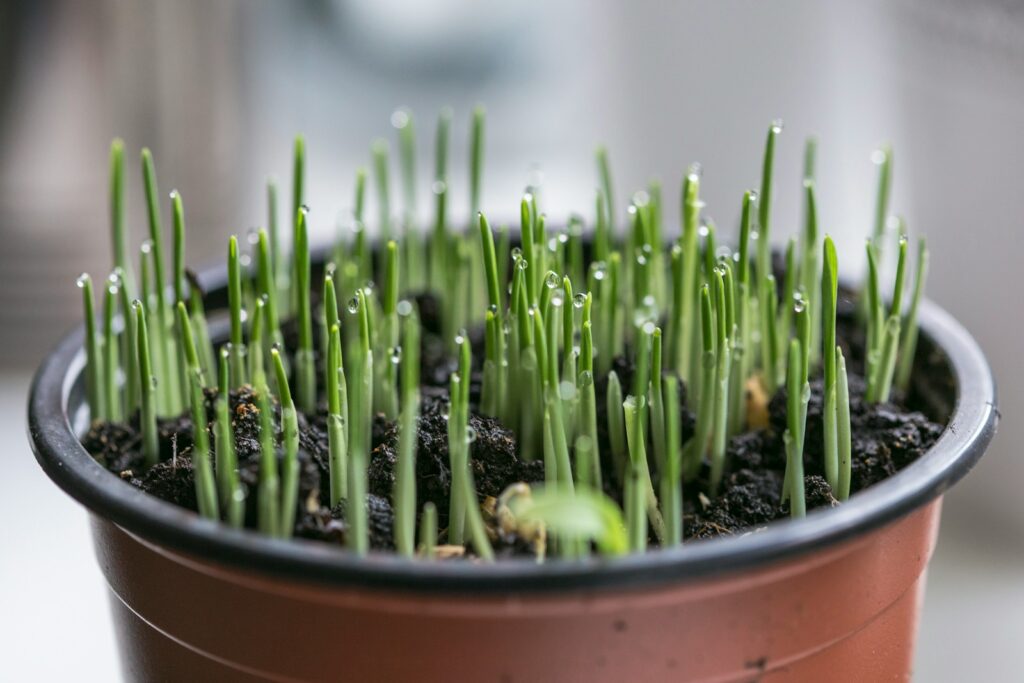
Planting at the right time can make or break your garden’s success. Too early and you risk frost; too late and your plants may not have enough time to mature.
Check your local frost dates to know when it’s safe to plant outside. This helps you plan when to start seeds indoors or move seedlings outdoors.
Cool-season crops like lettuce and broccoli can go in early, while warm-season favorites like tomatoes need to wait for warmer soil.
A simple calendar or planting chart can help you stay organized. Good timing gives your plants the best chance to thrive.
Learning Crop Rotation Basics
Crop rotation is a smart way to keep your garden healthy year after year. Changing what you plant in each spot helps prevent pests and diseases from building up.
Different plants use and give back different nutrients. Rotating crops lets your soil recover and stay fertile.
You don’t need a big space to try it. Just divide your garden into sections and switch up what you plant each season.
With a little planning, crop rotation becomes second nature and your garden will thank you for it.
Understanding Soil Types
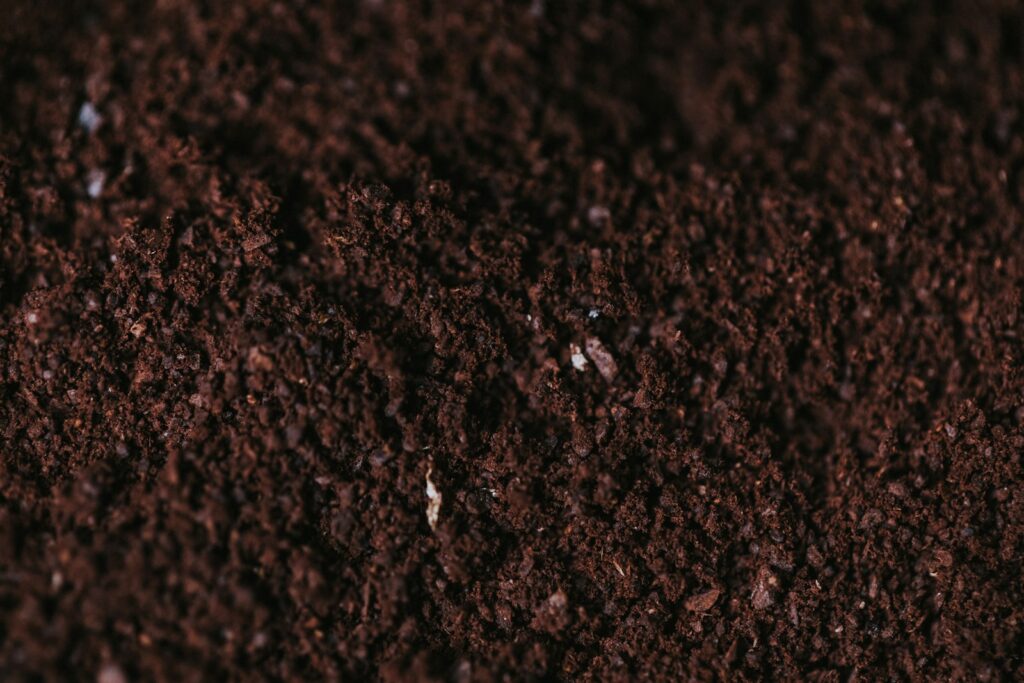
When you dig in your backyard, have you ever noticed how different the soil can feel? Some gardens are gritty and sandy, while others are sticky and heavy, or even soft and crumbly.
Soil can be sandy, clay, silty, or loamy. Each type holds water and nutrients in its own way.
Sandy soil drains quickly but dries out fast. Clay soil holds water but can get heavy and hard.
Silty soil feels smooth and holds moisture well. Loamy soil is a balanced mix, great for most plants.
You can check your soil texture by rubbing a bit between your fingers or trying a jar shake test. Adding compost is a simple upgrade for almost any soil, making it easier to manage water and nutrients.
Plant Biology Basics
Ever wondered why some plants thrive while others seem to struggle? Plants rely on sunlight, water, air, and nutrients to grow.
Roots pull water and minerals from the soil. Leaves soak up sunlight to make food through photosynthesis.
Knowing how plants grow helps you care for them at the right moments. Young plants need extra water and protection.
Flowering plants crave more sunlight. Giving roots enough space lets your plants grow stronger.
You’ll notice different growth stages like sprouting, flowering, and making fruit. Spotting these phases helps you respond quickly if something goes wrong.
Avoiding Common Beginner Mistakes
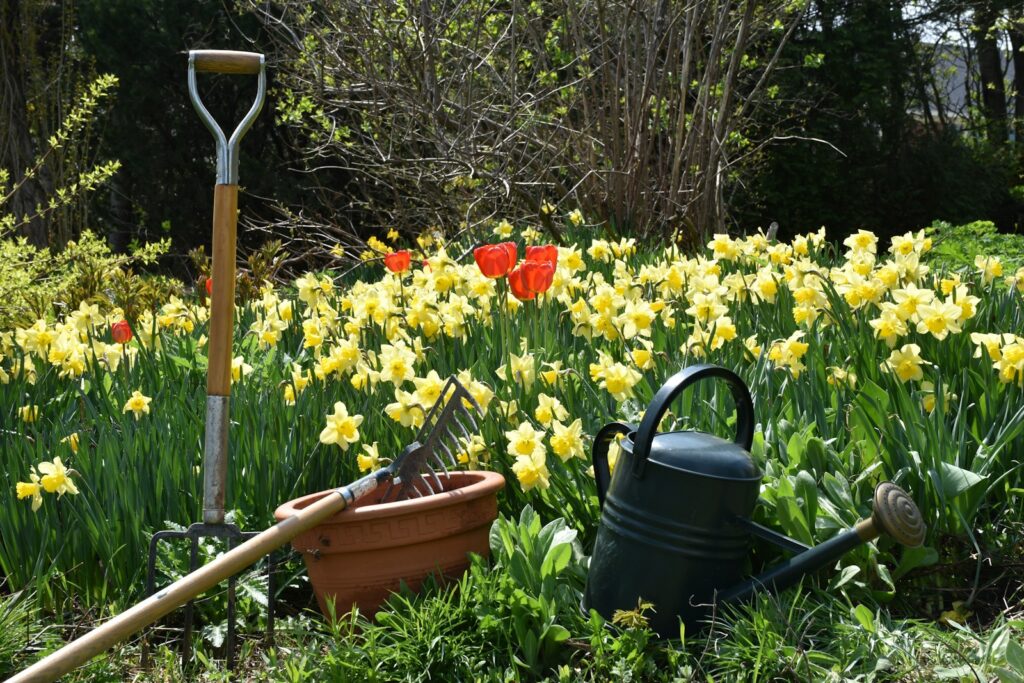
Starting a garden is exciting, but it’s easy to get overwhelmed. Watering and pest control are two areas where most people run into trouble.
Figuring out how much and how often to water can be confusing at first. Watching for pests early on also makes a big difference.
Watering Right Versus Overwatering
Learning how to water your plants takes some practice. Too little, and they wilt. Too much, and the roots can rot.
A quick way to check if your plants need water is to stick your finger into the soil. If it feels dry about an inch down, it’s time to water.
Deep, less frequent watering helps roots grow stronger. Quick, shallow watering keeps roots near the surface and makes plants weaker.
Try to water your garden early in the day. This helps reduce evaporation and keeps leaves dry overnight.
Water slowly so the soil can soak it up. Mulching around your plants helps the soil stay moist longer, so you don’t have to water as often.
Recognizing and Preventing Pests
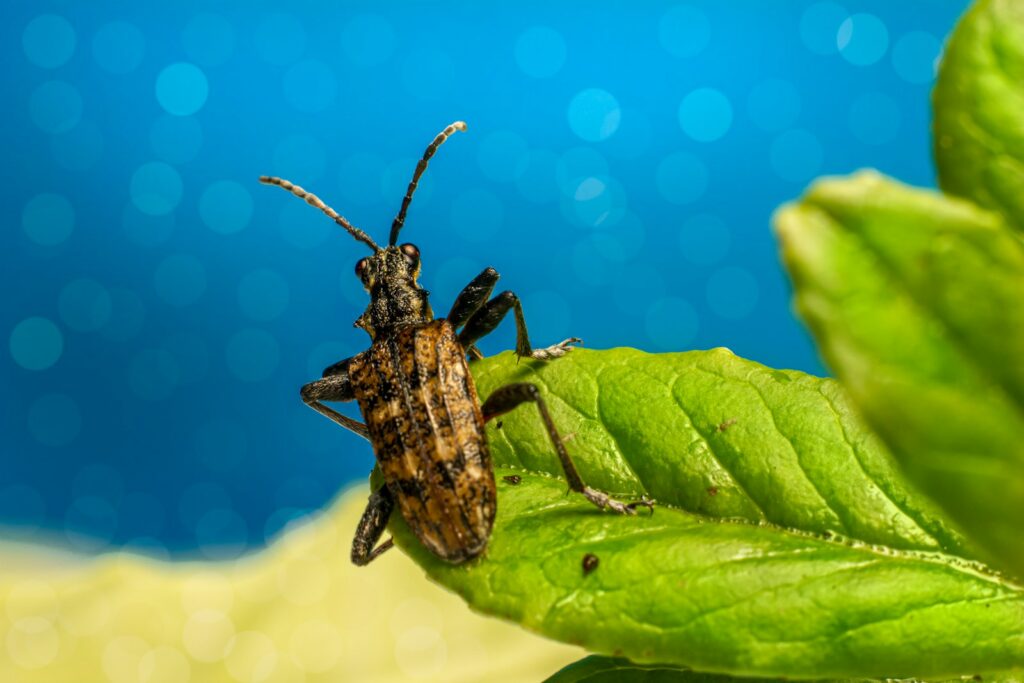
Nothing is more frustrating than seeing your plants struggle when you’ve put in the effort to care for them. Pests can show up fast, leaving holes in leaves or sticky spots that seem to appear overnight.
Check your plants often for signs like tiny bugs or damaged foliage. Knowing which pests are common in your area can make it easier to spot issues early.
Keep your garden tidy and clear away dead leaves, since these are places where pests like to hide. Adding herbs or flowers such as marigolds nearby may help keep some insects away naturally.
If you do find pests, start with gentle methods like insecticidal soap or removing bugs by hand. Heavy pesticides can harm helpful insects that your garden needs.
A quick check every day or two helps stop small problems from turning into big ones. Staying on top of it keeps your plants looking their best.

